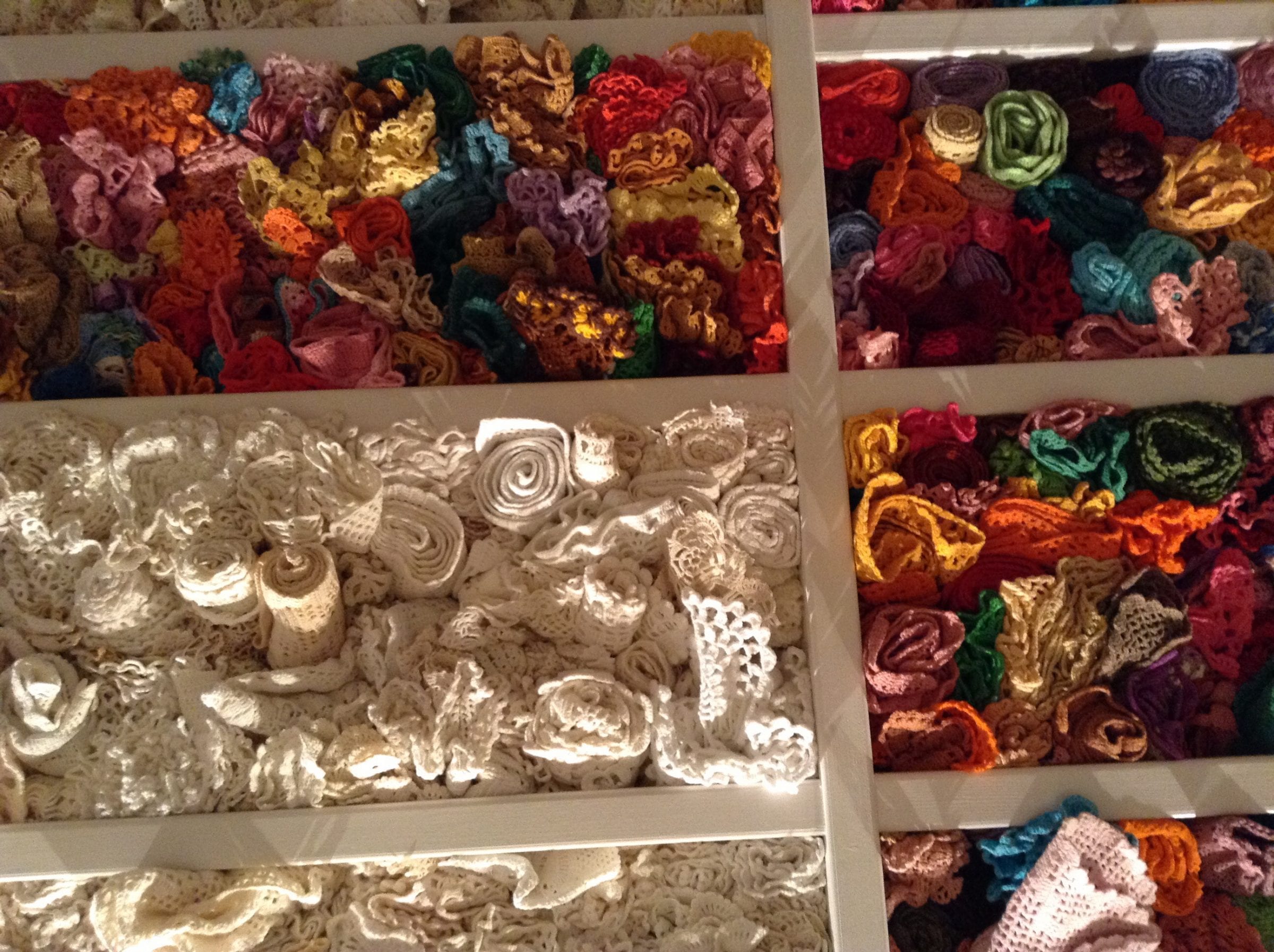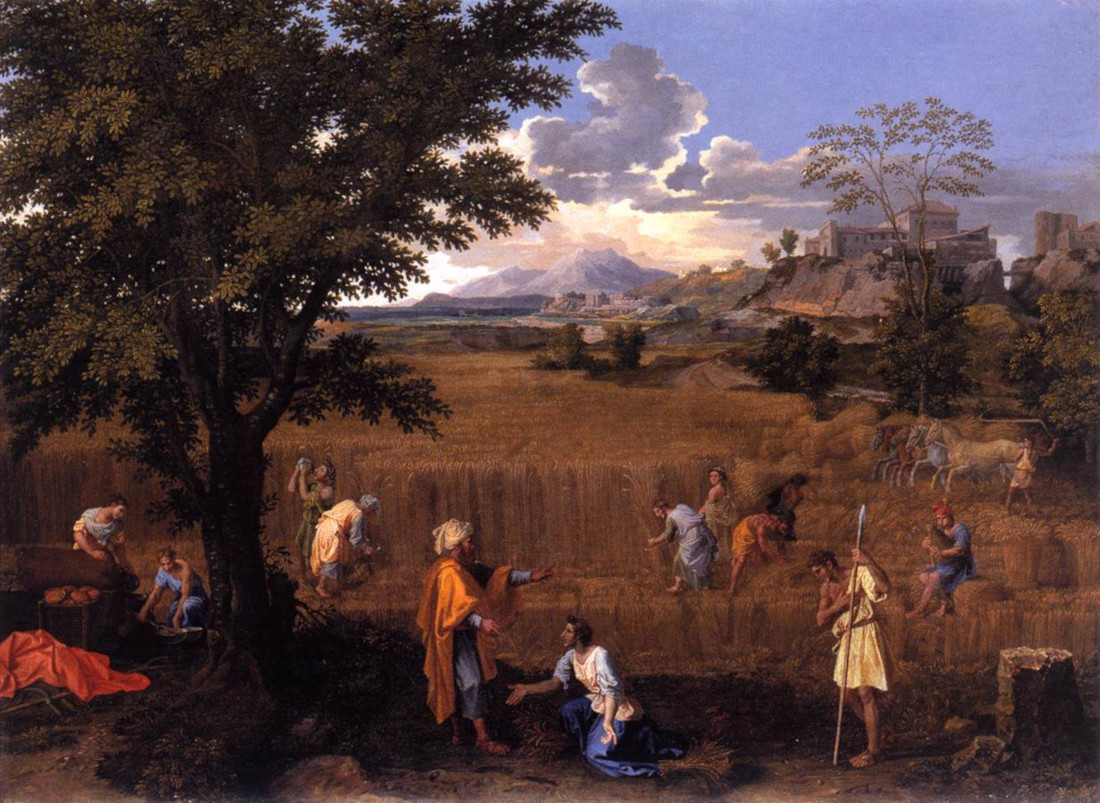About the Artist: Nicolas Poussin
June 15, 1594 – November 19, 1665
Nicolas Poussin was born near Les Andelys in Normandy, France. He displayed artistic talent early on, studying with Quentin Varin until he moved to Paris at age eighteen. In Paris, Poussin studied with Ferdinand Elle and Georges Lallemand. He then moved to Rome in 1624 under the patronage of Giambattista Marino. In 1630, Poussin married Anna Maria, daughter of Gaspard Dughets. Poussin returned to France in 1640 and painted for King Louis XIII. He moved back to Rome in 1643, living the rest of his live there. In his later age, Poussin acquired a tremor in his hand, and this tremor is evident in his later work. On November 19, 1665, he died in Rome after years of declining health. Much of his work now resides in the Nicolas Poussin exhibit in the Louvre.
Connecting the Art with the Story
“Then she fell prostrate, with her face to the ground, and said to him, ‘Why have I found favor in your sight, that you should take notice of me, when I am a foreigner?'” (Ruth 2:10).
Nicolas Poussin based “Summer” on this interaction between Boaz and Ruth. The setting is Boaz’s field, with workers harvesting the crop and Ruth on her knees in the center. She looks up to Boaz; this man has the power to alter her entire existence and save both her and Naomi from remaining outcasts in the community. Boaz knows Ruth somehow, and he knows of her faithfulness. Poussin’s painting portrays Boaz and Ruth, but it also shows the community beyond the pair. Ruth the Moabite entered Bethlehem because of her intense loyalty to Naomi, and she chose to live a foreigner among natives. Ruth 2 unfolds almost effortlessly, and “Summer” makes this foreign land look like paradise. Poussin completed “Summer” in the last few years of his life, and his art reflects that. The wisdom of life and a greater plan shines through the sun peaking between the mountains and the clouds in the painting’s background. Perhaps Poussin intended this message: God’s plans overcome human fears and anxieties. The book of Ruth serves as a constant reminder that God will work to improve a community through whoever is available: the baby, the convert, and even the foreign woman who displays the greatest of love.
BIBLIOGRAPHY
Nicolas Poussin: The Complete Works. “Nicolas Poussin Biography.” Accessed Dec 11, 2016. www.nicolaspoussin.org/biography.html
“Summer (Boaz and Ruth).” Art and the Bible. Accessed Dec 11, 2016. http://www.artbible.info/art/large/132.html

